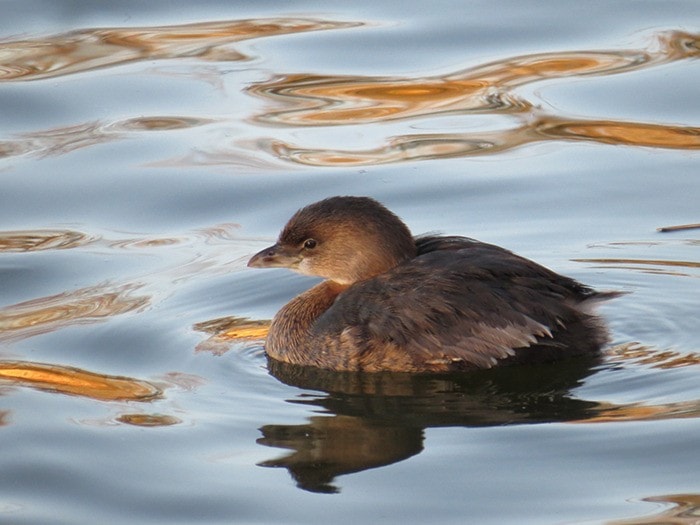When you hear the term “sewage lagoon,” what do you picture? Or perhaps, does some odour come to mind?
Fortunately our society is slowly learning that recycling can be a very good thing. When you discard recyclable bottles, they come back to you as new ones; the paper your throw away hopefully gets a second lease on life.
Back in the 1950s, Langley City created a sewage settling pond to help support the urban growth that was taking place. The land was bought from Jim Brydon, son of John Brydon who had logged the land in the early 1900s.
The re-purposing of the lagoon began in the 1970s when Langley was able to decommission the sewage lagoon in favour of connecting to the Greater Vancouver Regional District system. In the meantime, the Langley Field Naturalists noticed the lagoon hosted many friends — feathered friends.
In 1984, Anthea Farr, president of the Langley Field Naturalists submitted “A proposal to enhance the value of the former Langley sewage lagoon.”
In it, she sketched out a plan for improving trails and enhancing the habitat for wildlife, so that for a small cost to the city the park would become a jewel for many in the community to enjoy.
Now more than 30 years later, Brydon Lagoon is living up to the vision of Anthea and her colleagues. Anthea herself was on a Feb. 28 Langley Field Naturalists excursion where we took in the lagoon and saw 41 species of feathered friends in the process.
We saw a great variety of duck species — such as Pied-billed Grebes, common Mergansers, hooded Mergansers, Lesser Scaup, ring-necked ducks, northern shovelers, Mallards, bufflehead, Coots, Gadwall, Canada geese and great blue herons.
Brydon Lagoon suffered a major catastrophe in the summer of 2014, when the waters overheated and thousands of fish died for lack of oxygen.
Many of the water birds mentioned above are fish eaters — so evidently some fish have survived and are thriving again.
Aeration pumps were already installed prior to the fish kill but one was malfunctioning. A task force was formed to provide recommendations to enhance the ecological function of Brydon Lagoon.
These recommendations will be given to Council later this year.
Unfortunately, the shallow water in the lagoon (less than 2 metres deep) makes Brydon Lagoon vulnerable to heat waves.
Still, Brydon Lagoon remains a remarkable testament to how a small group of people can make something of lasting value out of a landscape feature that many people might overlook.
Brydon Lagoon now forms a vital part of the neighborhood. On any given day, you will find a mix of visitors — the old and young, families, dog walkers, naturalists and fitness buffs, all enjoying this bit of heaven just off 200 Street in Langley.
David Clements is a professor of biology and environmental studies at Trinity Western University.
